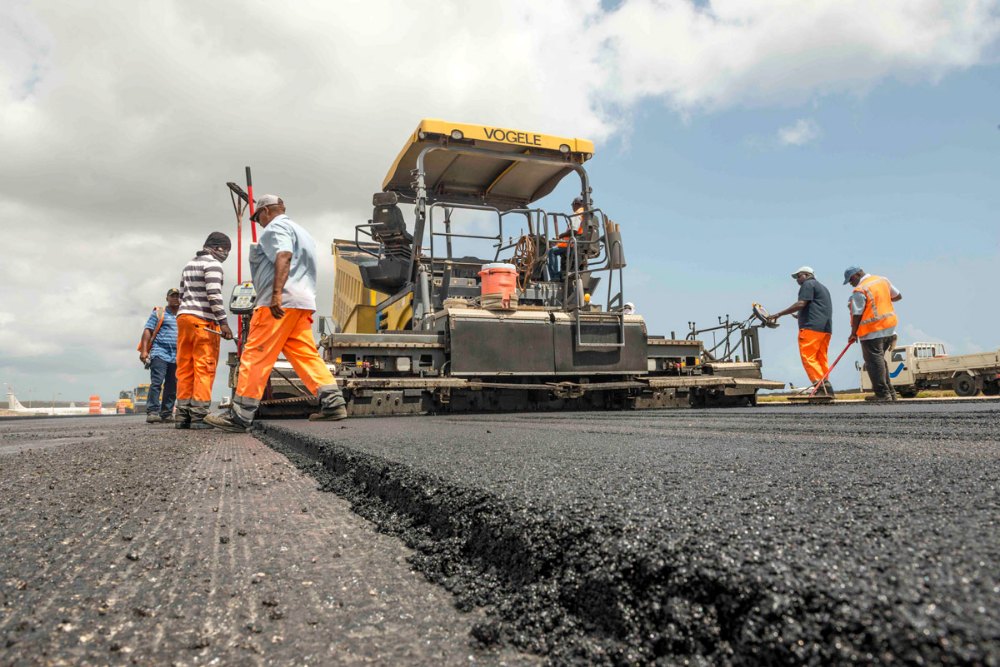Contact Us
RoadVision AI
Private Limited
Office No. 308 & 310, B Block
Ansal Chamber - 1, Bhikaji Cama Place,
Near Engineers India Limited (EIL) Bhawan, New Delhi - 110066
© 2024 | RoadVision AI | All rights reserved
The Indian Roads Congress (IRC) has established various standards to ensure the quality and durability of road construction in India. One such standard is IRC: 16-2008, which outlines the specifications and code of practice for prime and tack coats used in flexible pavement construction. Originally published in 1956, this standard has undergone several revisions to incorporate advancements in technology and feedback from industry professionals. The latest revision, approved in 2007, aims to provide comprehensive guidelines for the application of bituminous materials, ensuring optimal performance and longevity of road surfaces.

IRC: 16-2008 specifically addresses the specifications and construction practices for bituminous prime coats and tack coats. These materials are crucial for enhancing the bond between different layers of pavement, ensuring a durable and resilient road surface. The document covers the application of prime coats over granular surfaces and tack coats over primed granular surfaces, bituminous, or cement concrete pavements.
Priming involves the application of low-viscosity liquid bituminous materials to non-bituminous granular base courses. The primary objectives of applying a prime coat include:
It is essential to note that a prime coat is not a substitute for a tack coat, which serves to ensure a proper bond between the existing surface and the new bituminous layer.
The standard specifies the use of cationic bitumen emulsion (SS-1 grade) or medium curing cutback bitumen for priming. The quantity of the primer varies based on the type of surface, as detailed in the standard. For instance, the rate of spray for a Wet Mix Macadam (WMM) or Water Bound Macadam (WBM) surface is between 0.7 to 1.0 kg/m².
The application process requires careful consideration of weather conditions, surface preparation, and equipment. The surface must be clean and free from dust, and the primer should be applied uniformly using a pressure sprayer. The curing period for the primed surface is at least 24 hours before any subsequent treatment.
A tack coat is a light application of low-viscosity liquid bituminous material applied to existing surfaces to ensure a strong bond with the overlaying course. The materials used for tack coats include cationic bitumen emulsion (RS-1 grade) or suitable low-viscosity paving bitumen (VG 10 grade). The application of cutback bitumen is restricted to specific conditions, such as low temperatures.
Similar to the prime coat, the application of tack coat requires a clean surface and adherence to specific weather conditions. The rate of application varies based on the surface type, with detailed specifications provided in the standard. For example, the rate of spray for a bituminous surface ranges from 0.20 to 0.30 kg/m² for emulsion and 0.30 to 0.40 kg/m² for VG-10 bitumen.
The curing of the tack coat is crucial, as it must be allowed to break (turn black) before placing the bituminous mixture. Traffic should be restricted from the area during this period to ensure the integrity of the bond.
Quality control measures are integral to the successful implementation of IRC: 16-2008. Regular testing of materials, including bitumen and cutback bitumen, is mandated to ensure compliance with the specified standards. The manufacturer must provide test certificates for each batch, indicating the date of manufacture and batch number.
IRC: 16-2008 serves as a vital guideline for the application of prime and tack coats in road construction, ensuring the durability and performance of flexible pavements. By adhering to the specifications outlined in this standard, engineers and contractors can enhance the quality of road surfaces, ultimately contributing to safer and more reliable transportation infrastructure. Understanding and implementing the IRC code is essential for all stakeholders involved in road construction and maintenance, ensuring that the standards of quality and safety are consistently met.
RoadVision AI is revolutionizing the way we build and maintain infrastructure by leveraging the power of AI in roads to enhance road safety and optimize road management. By utilizing cutting-edge roads AI technology, the platform enables the early detection of potholes, cracks, and other road surface issues, ensuring timely maintenance and improved road conditions. With a mission to create smarter, safer, and more sustainable roads, RoadVision AI ensures full compliance with IRC Codes, empowering engineers and stakeholders to make data-driven decisions that reduce costs, minimize risks, and improve the overall transportation experience.